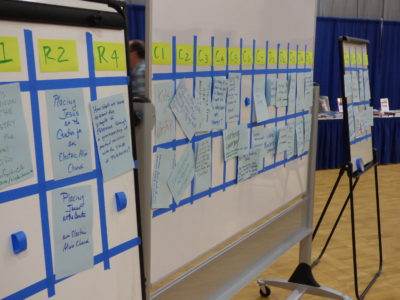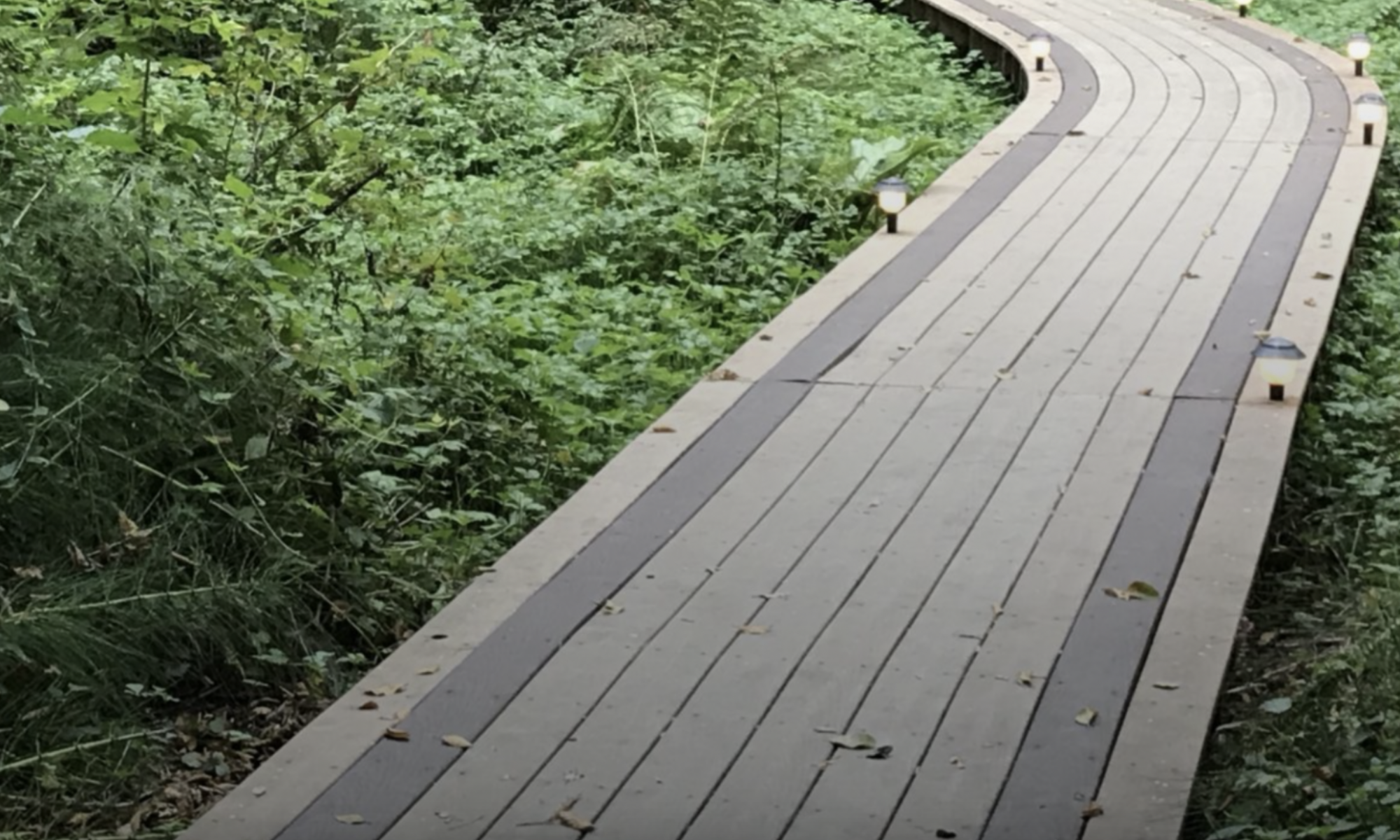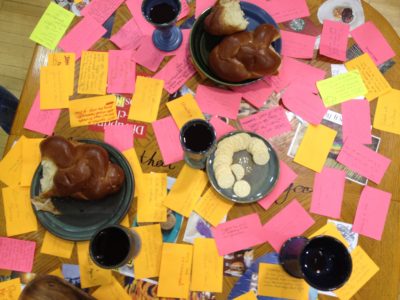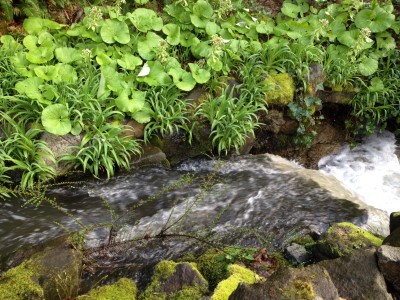
In the last month I’ve been able to use Open Space Technology as a key part of working with groups in multi-day gatherings. One of the things that I consistently see, and love, in Open Space is that people open up in a different way. They get what they want and feel a kind of “aha” — even surprised shock, that it worked. A bit like realizing that the simple turning of the key (or pushing the power button) of a car actually does turn it on. I’ve seen the “aha” in participants ranging from the really onboard types all the way to some heavily skeptical types — there’s nothing quite like seeing skepticism cracked open to satisfied accomplishment.
One of my key insights in the last month has been about, what I would call, “owning you container.” Open Space is a container. Just like World Cafe is. And The Circle Way. Yes, there are nuances between them. But they are containers for people to do a particular kind of good within them.
With Open Space, I’ve noticed a myth that feels off to me. It is that there is no structure. “You can do whatever you want.” This is one of those statements that is kind of true, except when it is not. Yes, there is freedom intended and amplified in the process of creating an agenda / market place. Yes, there is freedom in self-organizing where to host and what to host. Yes, there is freedom in the law of two feet — go where you can learn and contribute. But all of these principles of freedom are intended to create, or add to, a sense of responsibility — the group taking responsibility for its learning.
If you own the deeper purpose or responsibility, then self-organized working groups are not anything at all wishy washy. And the “owning the container” part for anyone hosting, is to set structure within which an enormous amount of freedom can flow. It’s just like an Ultimate Frisbee game. Though the game is very fluid, and depends much on honor, there are still rules that create the container that is Ultimate. It’s not the structured plays of an american football game. But it is a container for a particular kind of game to occur that emphasizes working with the moment. To invite people to play Ultimate you must own the boundaries and rules that are Ultimate — or you’ve got something else entirely.
It was one of my friends, Toke Moeller, that I best remember talking with about the “gift of the river bank.” The river bank prevents flooding, creating boundaries for a body of water to flow, never being the exact same river in any two moments. So it is with Open Space and other participative process — flow within a container that is different than scripted steps within a presumption of certainty, often imposed by a few on behalf of many. By being clear in yourself about what is happening in Open Space, oh my, people are deeply satisfied by the gift of that container.


